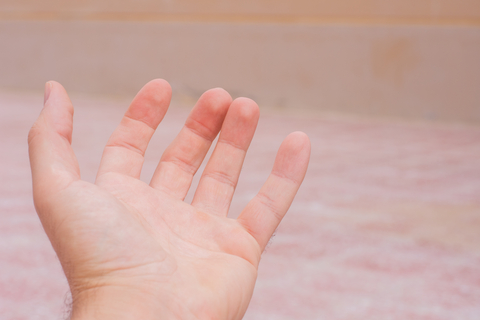Have you ever encountered a situation and thought “This is not how it’s supposed to be”? I sure have. It’s a thought that is often accompanied by its reality resistant friends, “Things should be different”, “I don’t want to deal with this”, “This is not fair.” Whenever I have these thoughts, I notice interesting changes in my body. Physically, I become tense or hunched over, my jaw and chest tighten, my arms cross and my hands make fists. When we are fighting with reality in our mind, it is only fitting that our bodies assume the position for defense and combat.
The pairing of the reality resistant thought with a tense physical posture embodies an attitude that we refer to in DBT as willfulness. At its core, willfulness is self-preservation, so it serves an important adaptive function. Yet, if we cling to willfulness even in the face of alternatives, we may miss out on participating in life in all of its fullness.
The opposite of willfulness is willingness. This is an attitude of readiness to enter into the present, just as it is. It is a recognition that that present, no matter how unpleasant it feels, is not our foe, but rather- all that we have. The challenge many of us find ourselves in is getting from a state of willfulness to willingness. Simply changing our thoughts from “Things should be different” to “I accept reality as it is,” and actually believing it, can feel like an improbable leap. So how can we bridge the gap?
Just like willfulness, willingness is more than a thought. It’s also a physical posture, but one of relaxation, ease, and openness. Through mindfulness, we can tune into the state of the body, and when we observe the tenseness associated with willfulness, make physical adjustments that better embody its opposite. In DBT, there are distress tolerance skills specifically geared towards accepting the present moment using the mind-body connection. My personal favorite is called Willing Hands.
To practice Willing Hands, we can be in either a standing, sitting, or lying down position and then utilize the following steps:
First, relax your arms down out of your shoulders and allow them to rest loose at your sides. Next, unclench your hands and turn your palms upward with fingers relaxed. Stay in this posture for a few moments to a few minutes, noticing any internal changes that arise. Remember that through the mind-body connection, your open hands are communicating to the mind a state of ease and acceptance.
Willing hands is an external posture that translates into an internal attitude which reduces suffering and promotes freedom. The next time that you notice willfulness towards reality, I encourage you to give this exercise a try!

